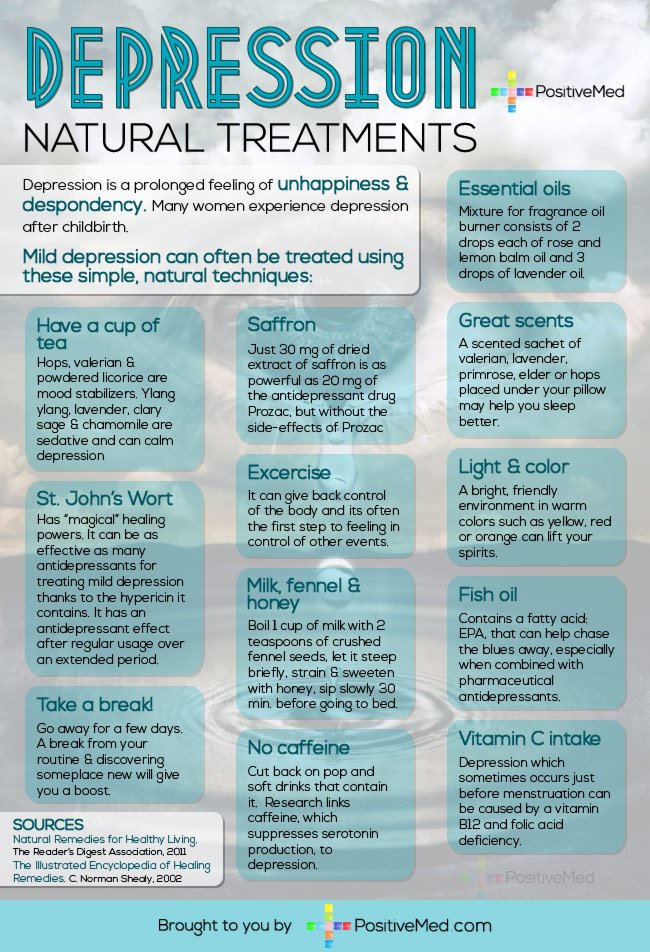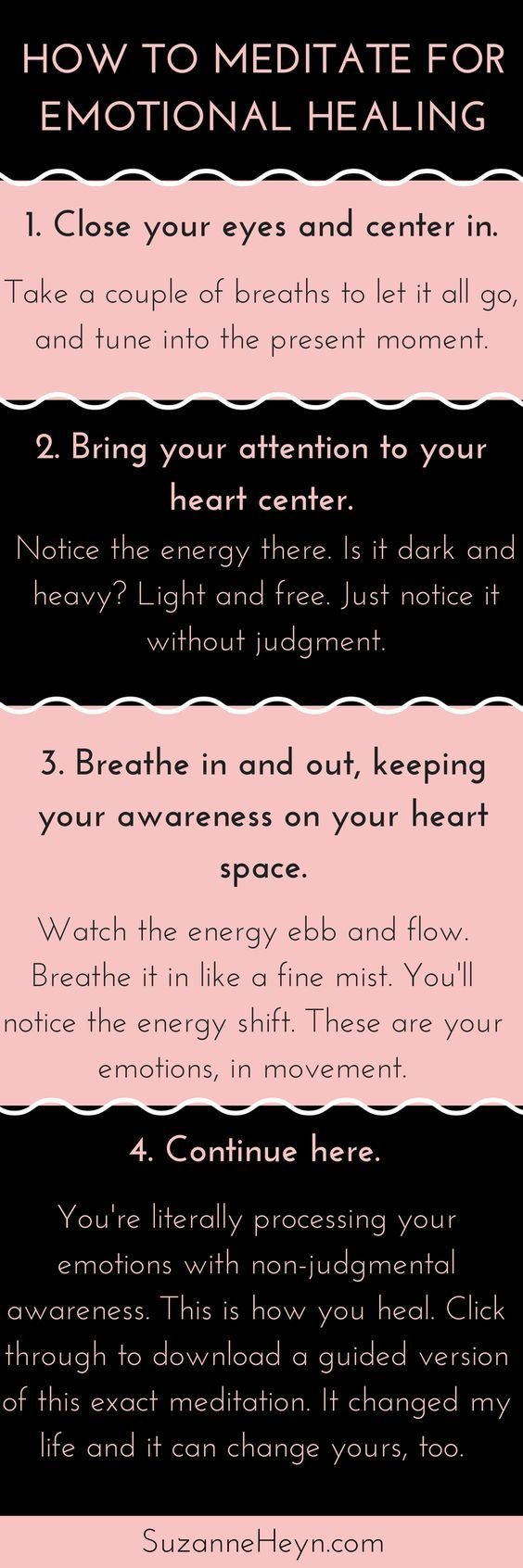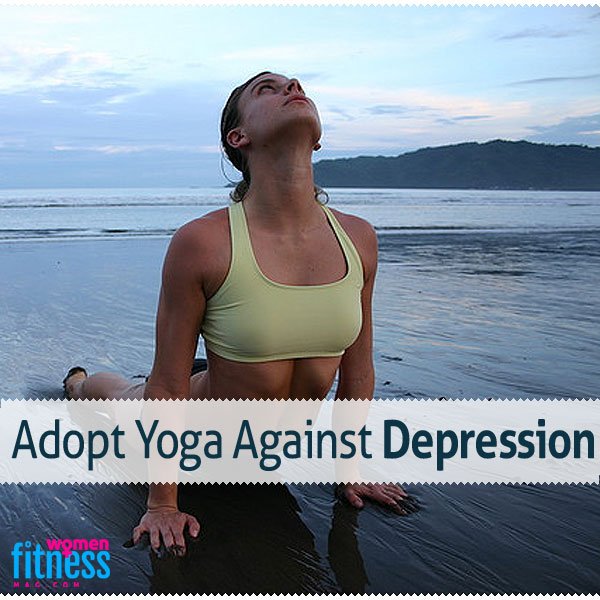Adopt yoga against depression : Depression is a state of sadness. However, it is not to be confused with major depression, which is a mental condition characterized by a severe state of sadness or melancholy that has reached the point of hindering a person from functioning well socially.
Adopt Yoga Against Depression
While simple depression (or a depressed mood) may only last for a short time and can be treated easily, major depression can last for a longer time and treatment can vary from person to person. Major depression is also more dangerous because not only does it disrupt your social functions, but it has more serious symptoms such as:
- Being fatigued physically and mentally
- Change in appetite
- Feeling of intense fear or melancholy
- Irritability
- Loss of interest in usual activities
- Changes in sleeping patterns (e.g. insomnia, excessive sleep, or loss of REM sleep)
- Trouble in decision-making or in concentrating
- Feelings of guilt, hopelessness, or helplessness
- Delusions or hallucinations
- Recurring thoughts of suicide or death
Aside from major depression, there are other categories of depression:
- Dysthymia – This is a long-term depression that lasts for at least two years. Its symptoms are the same — but not as intense — as those of major depression, although people who suffer from Dysthymia are also prone to major depression.
- Bipolar Disorder – This is characterized by mood swings that go from depression to mania (extremely elevated mood) and vice versa.
- Depression after Delivery: This is experienced by a woman some time in the first two years after giving birth as a result of physical, mental, and emotional tiredness. This type of depression must be treated immediately as it deters the mother from being with her newborn.
- Seasonal affective disorder (SAD) – Also known as winter depression, a person who has SAD possesses normal health condition throughout the year but suffers from depression during winter.
Of course, like other mental disorders, depression should be consulted to medical professionals. They will give you proper medication and treatment with regards to your personal condition. As a supplement to the treatment, you can choose to practice Yoga while in the process of recuperation. Yoga will help reduce stress, create a peaceful state of mind, and promote a positive outlook on life.
A daily Yoga practice can bring your physical body and your emotional body into balance, restoring a sense of well being and energy. You may feel more energy, love yourself more and have a happier life. But consider a somewhat different approach taken by the ancient yogis. Yoga teaches us to ask, why do we suffer when our natural state is sat chit ananda, the intelligent awareness of bliss? This is not some “blissed out” high, but a fully mindful state of stable equanimity, informed by “intelligent awareness.” Because beneath even the chaos of mania, the agony of depression, Yoga says, you are whole, or as yogi.
Camille from www.thefloatspa.co.uk said: ‘Yoga can be used to relax the body and the mind, enabling the user to calm their thoughts and in certain cases can be used to help depression, though seeking advice from a medical professional is always recommended.’
When you step onto your Yoga mat, you are reminded of that wholeness, and the practice clears a pathway through your symptoms to the ground of your being, that which is your natural state. Depression is the feeling of separation from self. The underlying yogic approach to treating depression is informed by the knowledge that there is no separation. The therapist stands firm in the truth of oneness. In other words, Yoga begins, not with the question—what is wrong with me? But what is right with me?
The Western culture is accustomed to thinking of mental health from the perspective of illness—how best to understand and treat the symptoms. But Yoga is being practiced as preventative and positive medicine. Just as the immune system is strengthened against the common cold and other viruses with daily practice, the emotional body is strengthened as well. The highs, the lows, the extremes of all the emotions are brought into balance by the practice.
In every stage of Yoga, you will find relief from obsessive negative thinking. When you are first learning a pose and moving into it, you cannot possibly obsess about what you should have said in the meeting this morning. To learn the pose, your mind must focus on the details of alignment. Later, when you’re in the pose and you allow your mind to become absorbed in the sensations in your body, you are very far from your everyday troubles.
Everyone feels “blue” from time to time, but when depression deepens or persists for a long time, it can suppress your energy for living and make you more vulnerable to disease by dampening the immune system. Depression is sometimes a warning that may help you to protect your mental and physical health. It can be viewed as a signpost, signaling “It’s time for a change.”
Complete relaxation and meditation practice show you how to access the strength and power of your inner self for a support system that keeps you going through all the ups and downs of your life.
Regular practice of Yoga will protect you from depression and help you stay bright-minded, while recognizing the signals that depression is giving you. To begin with, choose three exercises that appeal to you, and do them every day. Then, as you get more comfortable, expand your routine to give yourself more of a challenge and increase the beneficial effects.
The first thing a depressed person stops doing is moving. Regular exercise becomes intolerable. But Yoga exercise, starting with as few as three poses a day in just a few minutes’ time, coupled with correct breath patterns, can become so pleasant to you that soon you will want to do more and more. The heavy, unmoving feeling of depression will be on the run! Yoga exercises put pressure on glands and organs, helping them to produce the soothing, healing chemical balance that is needed to feel well and be well.
Yoga exercises improve circulation, sending invigorating oxygen to your brain and all your muscles. The stretching and strengthening movements flush toxins from the body as well.
Often depression sneaks in slowly, as breathing patterns change from too much sitting at a desk, stress, age, or illness. The deep, invigorating breath techniques of Yoga bring large amounts of fresh oxygen to the brain and other parts of the body. Like a spring wind, it blows through the system bringing new light and strength to the unused parts of the body and mind where depression hides.
Related videos for Yoga Against Depression:
Yoga For Depression
https://www.youtube.com/watch?v=Sxddnugwu-8?autoplay=1&rel=0
Feel Better Yoga – Beginners Yoga for Depression, Stress, the Blues & Anxiety Relief
https://www.youtube.com/watch?v=mh9jHxbUUyw?autoplay=1&rel=0
5 Yoga Poses for Depression
https://www.youtube.com/watch?v=al9rbIWRj38?autoplay=1&rel=0
Yoga For the Winter Blues – Yoga for Depression
https://www.youtube.com/watch?v=7z6nRakUcWs?autoplay=1&rel=0
Yoga For Anxiety and Stress
https://www.youtube.com/watch?v=hJbRpHZr_d0?autoplay=1&rel=0
Related Infographics to Yoga Against Depression:







Adopt Yoga Against Depression
how does yoga help depression, yoga for depression youtube, yoga therapy for depression, yoga sequence for depression, yoga for depression adriene, yoga poses for anxiety and panic attacks, pranayama for depression, yoga for depression and stress, yoga against depression




